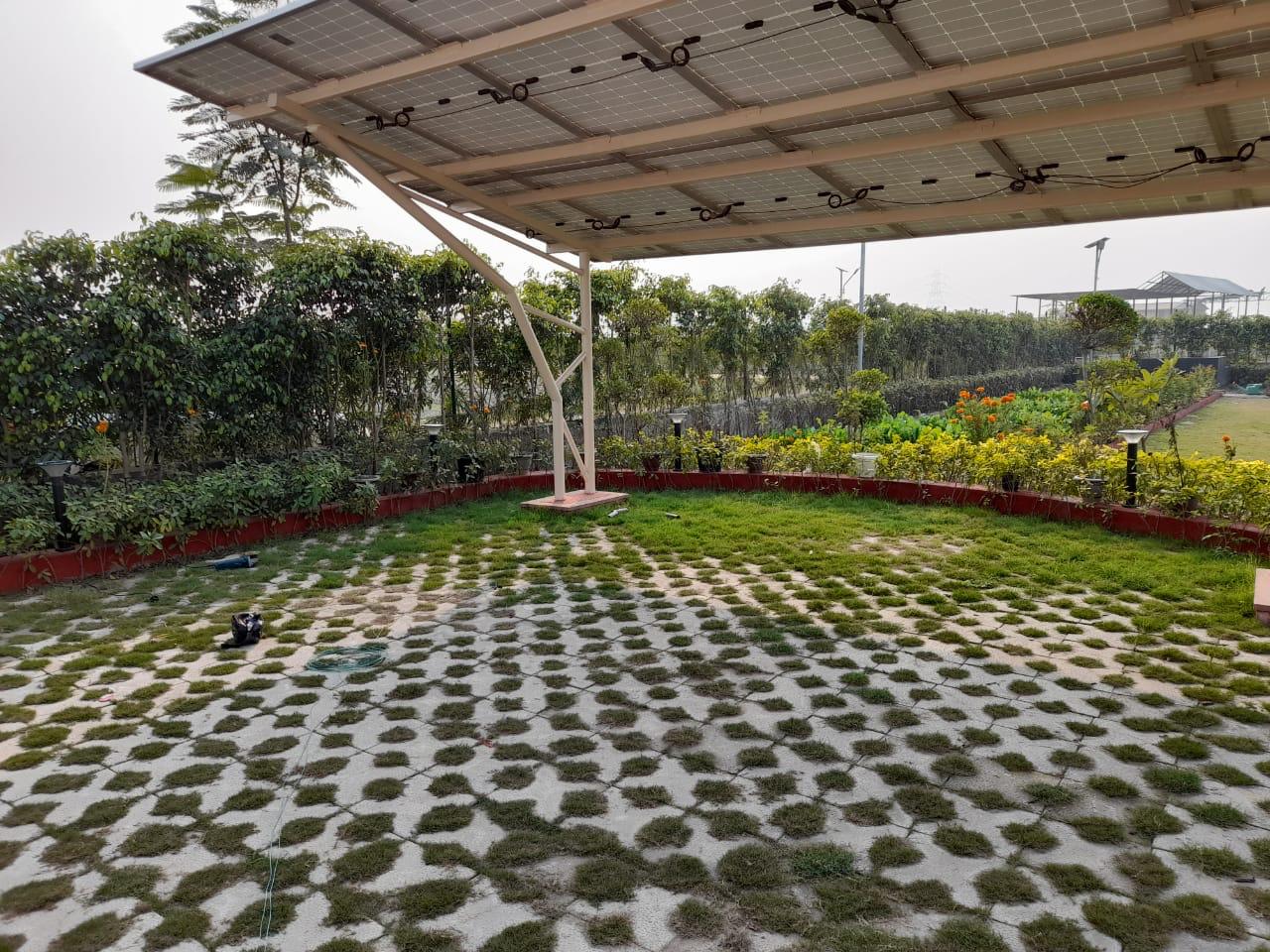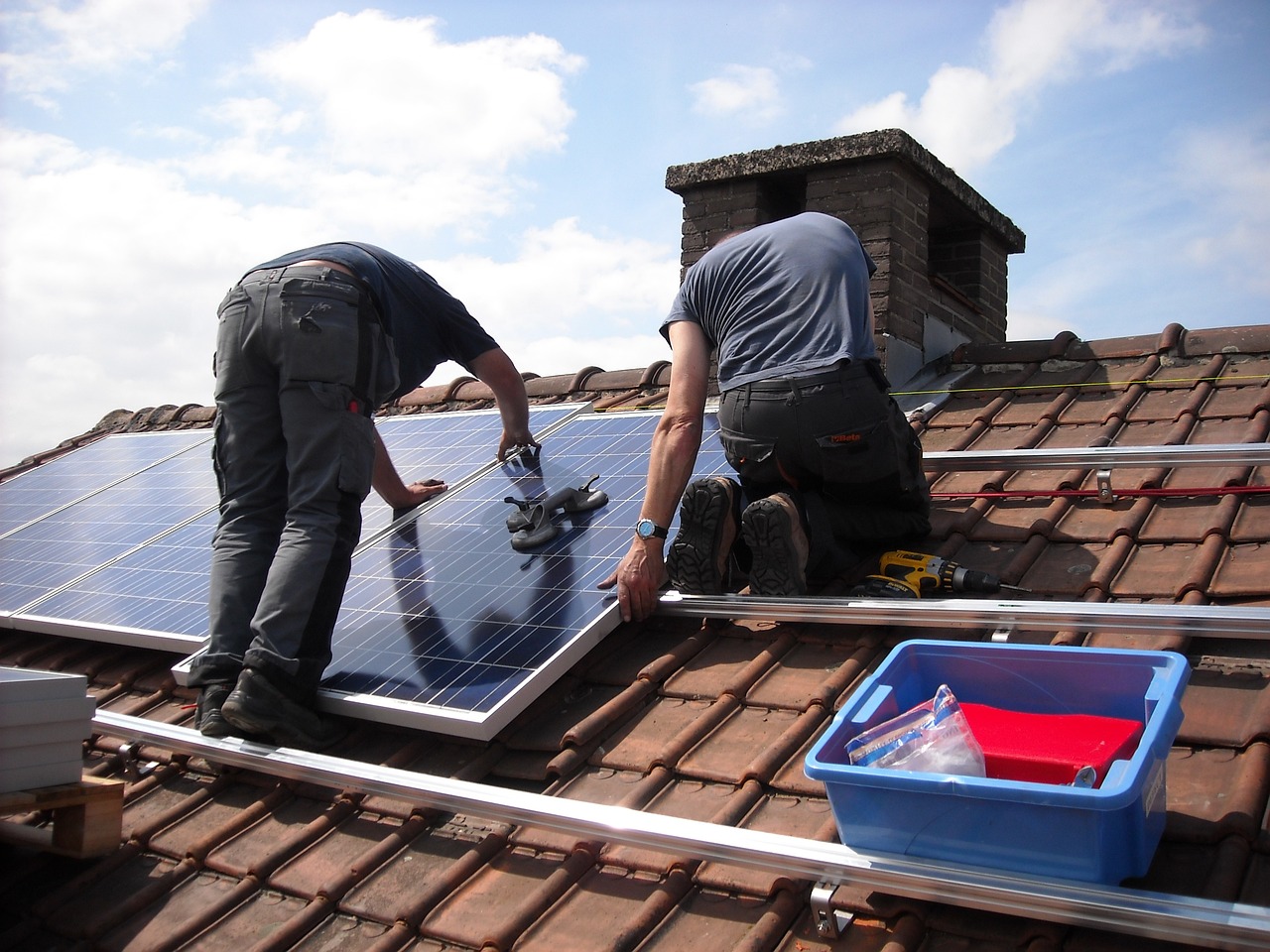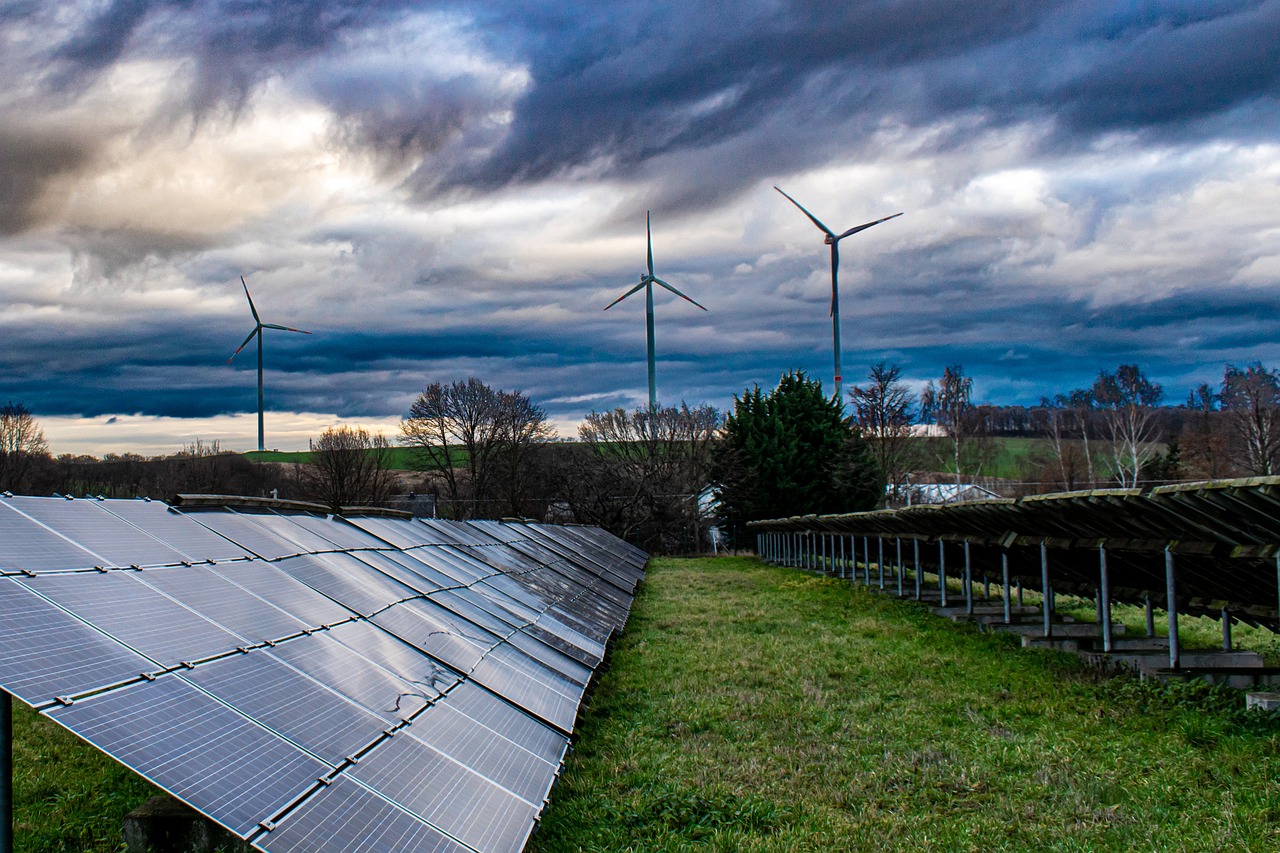Products

Off-Grid Plant
An off-grid panel is a self-contained, independent power source typically used in remote locations where traditional electricity grids are unavailable. It consists of solar panels, batteries, and sometimes additional components like inverters, allowing for the generation, storage, and utilization of electricity without connection to external power infrastructure.
1. Energy Independence: Off-grid panels provide autonomy from centralized power grids, allowing users to generate and utilize their own electricity, reducing reliance on external energy sources.
2. Environmental Sustainability: By harnessing renewable energy sources like sunlight, off-grid panels minimize reliance on fossil fuels, reducing carbon emissions and environmental impact.
3. Remote Accessibility: Off-grid panels enable access to electricity in remote or rural areas where traditional power infrastructure is lacking, improving quality of life and enabling economic development.
On-Grid Plant
An on-grid panel, also known as a grid-tied system, is a solar power setup connected to the main electricity grid. It consists of solar panels, inverters, and possibly monitoring equipment. Excess energy generated can be fed back into the grid, often earning credits or compensation from utility companies.
1. Cost Savings: On-grid panels allow users to offset their electricity bills by generating their own power. Excess energy produced can be sold back to the grid, providing financial incentives through net metering or feed-in tariffs.
2. Grid Stability: By feeding surplus energy into the grid, on-grid panels contribute to grid stability and reliability, especially during peak demand periods. This helps balance supply and demand, reducing strain on the grid infrastructure.
3. Minimal Energy Storage Needs: On-grid panels do not require extensive battery storage systems since they can rely on the grid for power when solar production is low, reducing initial investment costs and maintenance requirements.


Hybrid Plant
A hybrid panel system integrates both on-grid and off-grid capabilities, offering flexibility and reliability in electricity generation. It typically combines solar panels with battery storage and grid connection.
1. Energy Security: Hybrid panels provide uninterrupted power supply by seamlessly switching between solar, battery, and grid sources, ensuring energy availability even during grid outages or low sunlight conditions, enhancing energy security for users.
2. Cost Optimization: By intelligently managing energy sources, hybrid panels optimize electricity usage, reducing reliance on expensive grid power during peak hours and maximizing savings through efficient utilization of solar and stored energy.
3. Environmental Sustainability: Hybrid panels combine renewable energy sources with grid power, reducing reliance on fossil fuels and lowering carbon emissions. This eco-friendly approach contributes to environmental sustainability and mitigates climate change impacts.
F.A.Q.
“Empower your journey to renewable energy with our expert guidance and seamless solar solutions!”
To determine the ideal size for a solar plant, consider factors like energy consumption, available roof space, budget, and local solar irradiance. A professional assessment can help recommend an appropriate capacity.
Return on investment (ROI) for solar installations varies based on factors like system cost, energy savings, incentives, and financing. Generally, residential systems achieve ROI within 5 to 10 years, while commercial systems may see returns sooner, often within 3 to 7 years, depending on local conditions and financing options.
A subsidy in solar energy refers to financial assistance provided by governments or other organizations to promote the adoption of solar power. For 1kW you will get 30 thousands of subsidy , For 2KW you will get 60k thousands of subsidy and For 3KW&Above you will get only 78 thousands of subsidy .
The time it takes to install a solar plant depends on several factors, including the size of the system, complexity of the installation, weather conditions, and availability of materials and labor. Typically, residential installations may take anywhere from a few days to a few weeks, while larger commercial or utility-scale projects can take several months to complete.
Solar systems typically require minimal maintenance. Regular inspections and cleaning of panels to remove dirt and debris are recommended. We also offer comprehensive maintenance services to ensure optimal performance and longevity.
Warranty durations vary depending on the manufacturer and product, but typically range from 10 to 25 years for panels and 5 to 10 years for inverters.
